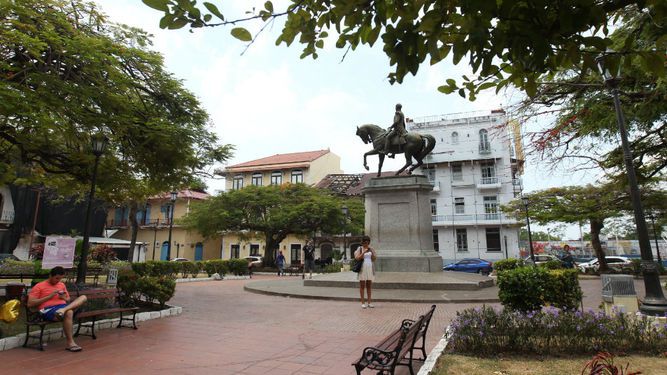The forgotten Declaration of Independence

On Wednesday, November 18, 1840, General Tomás Herrera signed the longest-running declaration of independence in the 19th century writes Rodrigo Noriega in La Prensa.
The independence of 1840 was made by Panamanians, for Panamanians, without any foreign intervention. The province of Panama and the province of Veraguas were united to form the State of the Isthmus.
This small State had about 5 thousand men willing to defend their independence. The State of the Isthmus held its Constituent Assembly on March 1, 1841, and the Fundamental Law (Constitution) that it produced was advanced for the time. That young Republic was recognized by Costa Rica and the United States.
On August 8 of that year (1841) the Universidad del Istmo was created. The new country had a currency, parliament, local governments, and an army. Meanwhile, in New Granada, the bloody war between followers of Simón Bolívar and Francisco De Paula Santander was taking place, in what was called the “War of the Supremes”.
That war concluded with the defeat of the federalists, the Santanderian conservatives lined up against the State of the Isthmus. Promises of autonomy and respect for the liberties of its citizens were made, but New Granada exerted its military muscle and the promises were discarded. The democratic and self-government experiment died on December 31, 1841. Tomás Herrera decided to save the lives of all Panamanians in the face of a probable massacre if he opposed it.
Some of the most conspicuous leaders of this experiment went into exile, such as Justo Arosemena. In 1846, New Granada signed the Mallarino-Bidlack Treaty with the United States, by which the colossus of the north would guarantee the sovereignty of New Granada over Panama, in exchange for generous concessions that would become a railroad.
On December 5, 1854, General Tomás Herrera died in Bogotá defending the institution.
On February 27, 1855, promoted by Justo Arosemena, the creation of the Federal State of Panama was approved, the best tribute to Tomás Herrera, and the prologue to the Republic that would be born on November 3, 1903.





